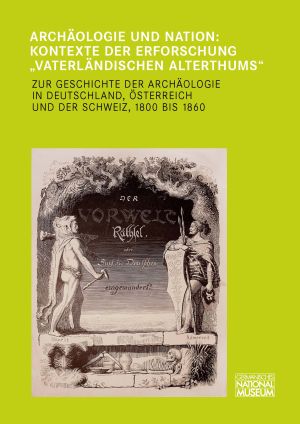How to Cite
License (Chapter)

This work is licensed under a Creative Commons Attribution-NonCommercial-NoDerivatives 4.0 International License.
Published
Hofreise mit Folgen
Die denkmalschützerischen Bestrebungen des österreichischen Kaisers Franz I. am Beispiel der antiken Reste von Pola/Pula (1816)
A Court Journey with Consequences: An Example of the Efforts of the Austrian Emperor Francis I to Conserve Ancient Monuments: the Ancient Remains of Pola/Pula (1816)
This article discusses the dawn of institutionalized monument conservation in Austria and the context in which it took place. Taking Pola (Istria, 1816) as an example, it uses archive material to illustrate the first steps taken by the state authorities, at the instigation of Emperor Francis II./I. The emperor’s desire to act in this case and his interest in archaeology in general, expressed on many occasions in personal notes, are attributed to his enlightened education and not to any desire to establish a link between the Roman Empire and his own Imperial status. An overview of the basic legislation which already existed in the early 19th century, requiring that all so-called ‘antiquities’ be surrendered to the keeping of the Imperial and Royal Coin Cabinet and Collection of Antiquities and defining the concept of a ‘find’ (a term originally used for ancient coins but later broadened to include archaeological objects) illustrates the situation of Austrian monument conservation up to the year 1850, when, at the instigation of the historiographer Eduard Melly and supported by the efforts of the Minister of Trade, Ludwig von Bruck, the Imperial and Royal Central Commission for the Research and Preservation of Ancient Monuments was founded as a state institution.







